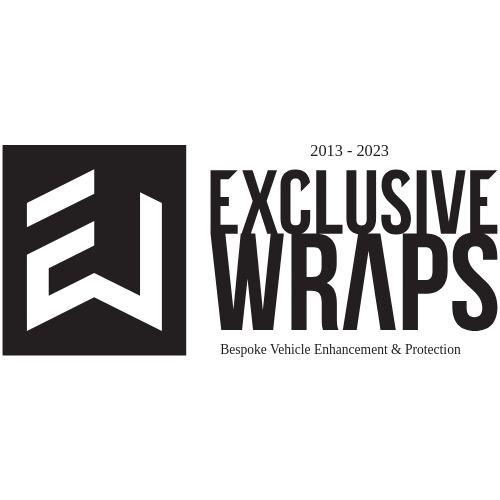
Teams not involved in last week’s VCAT have welcomed a move to share the data from the test which only homologation teams might otherwise have been privy to.
Supercars’ Head of Motorsport, Adrian Burgess, has revealed that squads other than Ford’s DJR Team Penske and Holden’s Triple Eight Race Engineering, the homologation teams in the championship, will be given the data as part of the VCAT (Vehicle Control Aerodynamic Testing) process.
“Part of this process is we’re developing a full aero map and ride height map that will be distributed to all the teams,” said Burgess in a video published by Supercars on social media following the conclusion of VCAT last week.
“So, instead of just the information sitting with the homologation teams, which it has done in the past, this will help some of the smaller teams that don’t have the budget to go and develop their own aero map; this will give those guys a similar level of information.
“We’re trying to do the right thing by everybody, we’re trying to share the information across the whole pit lane, to further improve what those guys do as well and level the playing field a little bit more.”
Penrite Racing CEO Barry Ryan raised the position of the homologation teams as an issue upon arrival at last year’s Pukekohe event, where his team’s and the other ZB Commodores in the field ran with a newly revised aerodynamic package.
Ryan told Speedcafe.com regarding the sharing of VCAT data that his team “probably pushed for it, more than anyone, to make sure that it was more equal for everyone”.
While unsure if the access would definitely make a difference at the start of the upcoming season, he pointed out that it would save crucial time in test days and practice sessions.
“I don’t know (if it will make a significant difference),” said the Erebus Motorsport boss.
“It shortcuts knowing what the difference between full wing and half wing (is), and ride heights, and it can shortcut some of those, so you know where the best aero number is and where the least drag is and stuff like that.
“You can at least know for sure that if you set the car there, you can have the least drag, or the most aero, where usually you’ve got to do it through trial and error at a race meeting or a test day and waste time.
“So, it does give us a pretty big heads-up, if you’ve got the right engineers.
“Time’s everything in our game. We don’t get any testing and we don’t get a lot of practice, so if you can save half a day, or a couple of hours even, it’s worth it.”
Matt Stone and Brad Jones, owners of their respective eponymous teams, also believe that the distribution of the aerodynamic data is a positive step.
“I think it’s a great initiative by Supercars to go and do that,” commented Stone.
“Obviously, because we’ve never been a homologation team, we’ve never actually seen what that data looks like so we don’t know what we’re going to receive but there’s no such thing as useless data so it will definitely be a helping hand for everyone.”
Jones said, “They’ve indicated that there will definitely be more information flow than there has been in the past, so we just need to wait and see how that looks, really.
“But, Supercars’ technical (department) have been really supportive of passing information on so I’m sure it will be worthwhile; I certainly hope it will be.”
Its intent was that the reduction would be achieved by way of a reduction in maximum rear wing angle and also front undertray tunnel angle, changes which could be made at little or no cost to teams.
While final downforce figures and actual technical changes have not yet been confirmed, Burgess’ comments in the aforementioned video were in line with those stated aims.
“Part of the mandate on this VCAT was to not be getting into producing new front bars and changing the actual shape, the external surface of the bars, so the changes that we’re working with are small packers that will go underneath the front bar, (and) movement of the rear wing, but it shouldn’t really create too much of a production issue for the teams,” explained Burgess.
“They are small changes. We could have taken a lot more downforce off the cars if we’d chosen to, but it would have meant new bars, new sills, a lot more money to the teams, so what we’re trying to work with is something quick and easy that the teams can introduce from the end of this VCAT.”
The running itself wrapped up last week after Supercars opted for three more days of testing in addition to the five it conducted in December, which produced “some results that require(d) further verification” according to a statement it issued at the time.




















Discussion about this post